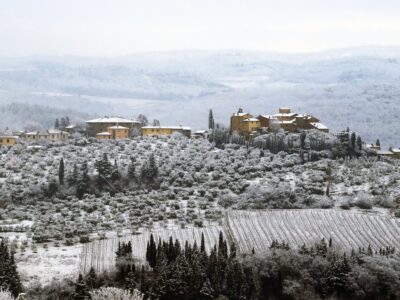
February is the last full month of winter in Tuscany, offering plenty of snowy adventures and lively festivals, as well as fewer tourists and lower prices. Ski season is well underway in the mountains, the resorts and their respective slopes bustling with activity. Meanwhile, the rest of the country celebrates the coming of spring with Lent and one of Italy's liveliest religious events: Carnevale.
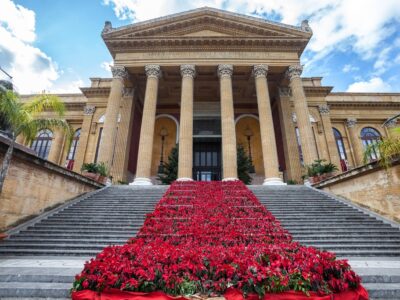
December welcomes Christmas and New Year visitors looking to spend the holidays in Sicily's festive towns and cities. An excellent month to peruse Christmas markets, feast on local Sicilian delicacies, and explore ancient Greek and Roman ruins with next to no crowds.
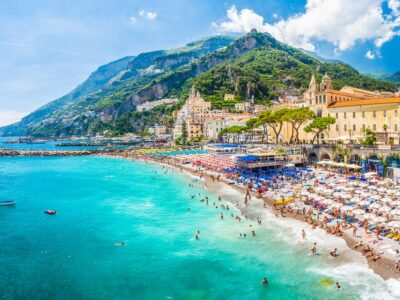
In southern Italy lies the Amalfi Coast, a 31-mile (50 km) stretch of coastline that's the very definition of Mediterannean beauty. Known for its sunkissed lemon groves, pebble beaches, and romantic islands, everyone from rich socialites to budget-conscious tourists holiday here during spring and summer. But despite fluctuations in weather throughout the seasons, the Amalfi Coast offers a great getaway any time of year. You just have to know what to expect.
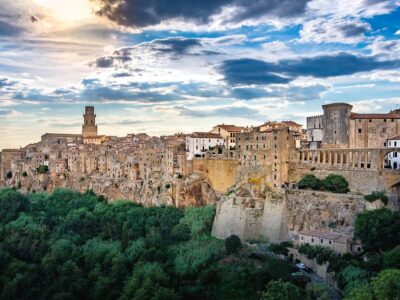
June marks the beginning of the high season as crowds start to infiltrate one of Italy's most popular regions. The sun and sea beckon visitors to flock to the Tyrrhenian coast, the mountains are waiting to be traversed, and the Chianti and Siena wine provinces are waiting to be explored. Drink in Tuscany as you learn what to do and where to go.
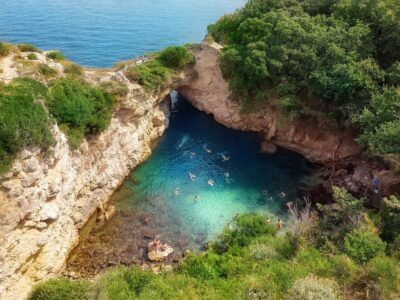
Being active in Italy is easy, and it's a great way to dive a bit deeper into the cultural essence of the country. You can hike and explore lakes in the north, walk the cliffs of Cinque Terre, the Italian Riviera, and the Amalfi Coast, and take full advantage of the warm, crystalline waters with swimming, snorkeling, and kayaking excursions. With so much diversity, you can quickly build an adventurous dream trip for any interest or ability!
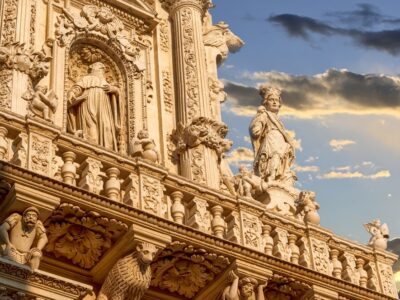
For most travelers, eight to 12 days is the perfect amount of time for an Italy trip with stops in Bari, Alberobello, and Lecce. It's also possible to hit the highlights in seven days if you don't mind a fast-paced journey. Travelers with more time can enjoy extra sights and activities at each stop or explore more of the country—some favored itinerary extensions include Naples. See more ideas for Bari, Alberobello, and Lecce itineraries below.
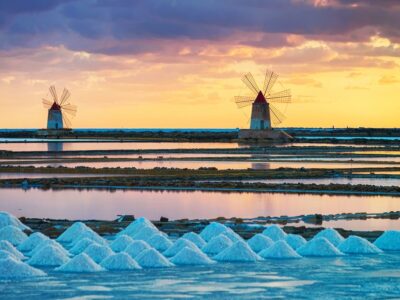
August is the last full month of Sicily's lively (and pricey) high season. The weather is sunny and hot, perfect for beach days and all things watersport related, though you'll have to contend with the hordes of foreign and local tourists. Don't let that deter you though, as this guide will tell you what to do and where to go.

Seven to 10 days is the most popular trip length for Italy travelers interested in visiting both Rome and Florence, especially when also including Venice. For travelers wanting to visit Rome and Florence exclusively, plan six to seven days for a well-paced trip. Even travelers with limited time can see the highlights in as few as five days. For the best itinerary ideas, including Rome and Florence, keep reading below.
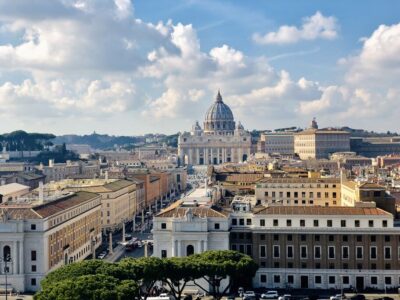
Seven to 10 days is the most popular trip length for Italy travelers interested in visiting Rome, especially when also including Florence and Venice. If you're only headed to Rome, you can enjoy a comfortably-paced trip in about five days. Even travelers with limited time can see the highlights in as few as three or four days. Read on for the best itineraries, including Rome and beyond.
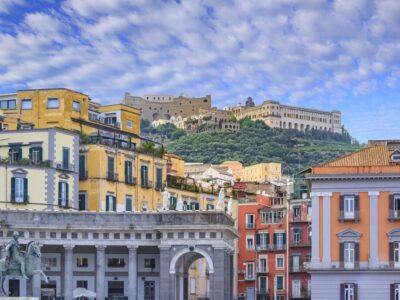
Most travelers will find five to seven days perfect for a well-paced Italy trip with stops in both Naples and the Amalfi Coast. Travelers with less time can hit the route's highlights in a quick four days. With more time, however, you can enjoy additional activities at each stop or a few days in another region like Rome, Sorrento, or Tuscany. See more ideas for Naples and the Amalfi Coast itineraries below.
